
 Credit: SuzyQinOrlando
Credit: SuzyQinOrlando
A Havachon is a cross between two small pure breeds, a Havanese and Bichon Frise. In the late 20th century, breeders began cross breeding two purebreds to create hybrids which they termed “designer dog”. A cross-bred dog is a “product of artificial selection – intentionally created by humans… with the purpose of enhancing desired physical, behavioral, or temperamental characteristics.”[1] The litter of two purebred doges are known as first-generation. These litters are not considered a breed but instead called cross-breed because of their known lineage. This is different from a mixed breed dog whose lineage is uncertain.
There is not a lot of information available about the Havachon so I decided to offer up what I know from experience. First, I researched the Havachon’s parents.
 Background: The Havanese breed, formerly called the Havana Silk Dog and the Spanish Silk Poodle,[2] is the national dog of Cuba and the country's only native breed. They are the ancestors of breeds brought to Cuba from Spain, specifically Tenerife,[3] the largest and most populated of the seven Canary Islands.[4] The breed is part of the Bichon family which include the bichon, maltese and tenerife. “As part of the Cuban Revolution, upper-class Cubans fled to the United States, but few were able to bring their dogs. When American breeders became interested in this rare and charming dog in the 1970s, the U.S. gene pool was only 11 dogs”.[5]
Background: The Havanese breed, formerly called the Havana Silk Dog and the Spanish Silk Poodle,[2] is the national dog of Cuba and the country's only native breed. They are the ancestors of breeds brought to Cuba from Spain, specifically Tenerife,[3] the largest and most populated of the seven Canary Islands.[4] The breed is part of the Bichon family which include the bichon, maltese and tenerife. “As part of the Cuban Revolution, upper-class Cubans fled to the United States, but few were able to bring their dogs. When American breeders became interested in this rare and charming dog in the 1970s, the U.S. gene pool was only 11 dogs”.[5]
Appearance: The Havanese is small yet sturdy, ranging in size from 8 ½ to 11 ½ inches tall at the shoulder and weigh 7 to 13 pounds.[6] The breed's body is slightly longer than it is tall. Its front legs are slightly shortly than its hind legs. “The Havanese has dark brown eyes and almond-shaped lids surrounded by black pigment. The ears, when extended, reach half way to the nose. They arc slightly upward at the base and hang down on the sides of the head without touching the face.”[5] Their abundant coat, which comes in many colors, is long, wavy, silky. Although the breed seems to have a plethora of fur, their coat is lightweight and acts as a sunshade to keep them cool from harsh tropical heat and does not protect them from cold temperatures.[5] The tail of the Havanese “ is carried arched forward up over the back. While the tail's long plume of hair falls on the body, the tail itself never touches the back.”[6] The breed's non-shedding coat makes it a great choice for allergy sufferers.
Characteristics: The Havanese, known as a toy dog, has a gentle face and smiling appearance. They are intelligent and energetic with a friendly disposition and are naturally affectionate in temperament. The breed is always willing to please and therefore, trainable and loves being the center of attention. “Their strong rear drive and slightly shorter upper arm produce a springy motion.”[5] The breed is very agile and known for its “lively and springy gait, accentuating the dog’s happy nature”.[6]
Background: “The Bichons were divided into four categories: the Bichon Maltese, the Bichon Bolognaise, the Bichon Havanese, and the Bichon Tenerife. All originated in the Mediterranean area. The dogs found early success in Spain and many think that Spanish seamen introduced the breed to the Canary Islands of Tenerife.”[7]
 In the 14th century, the Spanish sailors, credited for returning the breed to Europe, transported them from continent to continent and used them for bartering during their voyages. The breed eventually became a favorite of the 16th century French royal[8]nobility. The breed “was brought to the United States in 1955” and in 1956, the first litter was born. [7]
In the 14th century, the Spanish sailors, credited for returning the breed to Europe, transported them from continent to continent and used them for bartering during their voyages. The breed eventually became a favorite of the 16th century French royal[8]nobility. The breed “was brought to the United States in 1955” and in 1956, the first litter was born. [7]
Appearance: The Bichon Frise is small, ranging in size from 8 ½ to 11 ½ inches tall, and weigh between 10 to 16 pounds. The breed is sturdy in stature “with a dark-eyed inquisitive expression and a plumed tail it carries merrily over the back. The breed is often compared to a cotton ball due to its curled double coat, which consists of a textured outer coat and a silky undercoat.” [8] Their heads and legs are in proportion to their body. The breed is agile with an effortless gait. Although the standard color of the Bichon Frise is solid white, they do come in apricot and grey.[7] The Bichon Frise does not shed, making them hypo-allergenic and a great pet choice for allergy sufferers. However, the coat grows very fast and requires frequent grooming to prevent mats.
Characteristics: The Bichon Frise has a soft, inquisitive expression. The breed is a naturally gentle mannered, sensitive, responsive, playful, cheerful, happy and affectionate one.[9] The breed are charming, affectionate, and intelligent and equally love to cuddle and are playful and quite active. The Bichon Frise love the company of humans and want a lot of attention. Bichon Frise are excellent companion dogs and are very sociable. Successfully trained Bichon Frises learn well and are obedient.[7]
 Designer Dogs: Portraits and Profiles of Popular New Crossbreeds
Designer Dogs: Portraits and Profiles of Popular New CrossbreedsI have read that, “Most Havachon owners find that this unique hybrid tends to look more like a Bichon but carries more personality traits of the Havanese.”[10] In my case, my Havachon looks more like his Havanese parent and exhibits a personality equal to both his parents.
 Appearance: My dog has always reminded me of a stuffed teddy bear. When I adopted him, he weighed about two pounds. His breeding lineage makes him a small dog. On average, Havachons range from 9-12 inches tall and weigh 10-15 pounds.[10] My Havachon stands at 11 inches tall and weighs 14.8 lbs. Just like his Havanese parent, my dog “has dark brown eyes and almond-shaped lids surrounded by black pigment” and his “ears, when extended, reach half way to the nose. They arc slightly upward at the base and hang down on the sides of the head without touching the face”[5] His eyes are expressive like that of his Bichon Frise parent. He seems to be smiling most of the time but it is apparent when he is bored or sad. My dog's tail “ is carried arched forward up over the back. While the tail's long plume of hair falls on the body, the tail itself never touches the back.”[6] His fur is a cream color with sparse dark fur on his ears. My Havachon's coat is a combination of wavy and curly, hardly sheds but grows fast. His coat requires frequent brushing to prevent the fur from matting. I must assume that he has inherited the hypo-allergenic aspect from his parents.
Appearance: My dog has always reminded me of a stuffed teddy bear. When I adopted him, he weighed about two pounds. His breeding lineage makes him a small dog. On average, Havachons range from 9-12 inches tall and weigh 10-15 pounds.[10] My Havachon stands at 11 inches tall and weighs 14.8 lbs. Just like his Havanese parent, my dog “has dark brown eyes and almond-shaped lids surrounded by black pigment” and his “ears, when extended, reach half way to the nose. They arc slightly upward at the base and hang down on the sides of the head without touching the face”[5] His eyes are expressive like that of his Bichon Frise parent. He seems to be smiling most of the time but it is apparent when he is bored or sad. My dog's tail “ is carried arched forward up over the back. While the tail's long plume of hair falls on the body, the tail itself never touches the back.”[6] His fur is a cream color with sparse dark fur on his ears. My Havachon's coat is a combination of wavy and curly, hardly sheds but grows fast. His coat requires frequent brushing to prevent the fur from matting. I must assume that he has inherited the hypo-allergenic aspect from his parents.
Characteristics: Like his parents, my dog has all of the characteristics of the Havanese and Bichon Frise breeds. He is intelligent, charming, curious, gentle, friendly, inquisitive, affectionate, energetic, happy, responsive and loves contact with other dogs and people, especially me. He is very friendly and loves to be touched. He was easy to train and responded well to training with treats as a reward. He inherited a “strong rear drive and slightly shorter upper arm”[5] which gave him a springy motion.
 CafePress GOT HAVACHON Sticker Rectangle - Standard
CafePress GOT HAVACHON Sticker Rectangle - StandardA year ago he ruptured two discs and underwent laminectomy surgery. He has not fully recovered but his personality continues to shine.

My Havachon is a wonderful companion dog. If you’re considering bringing a dog into your life, I highly recommend the Havachon.
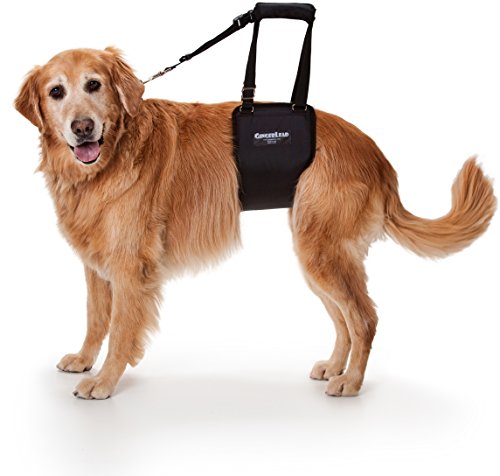 Senior Dog Harness
There are many reasons that
Senior Dog Harness
There are many reasons that
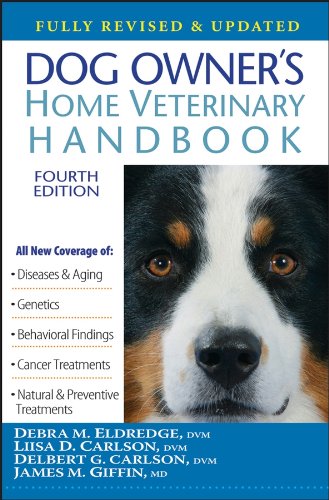 Symptoms of Diabetes in Dogs
Diabetes is a common health problem in dogs.&n
Symptoms of Diabetes in Dogs
Diabetes is a common health problem in dogs.&n
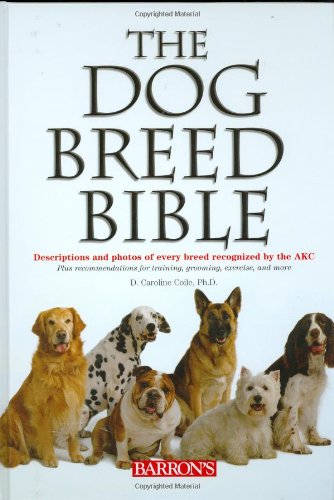 What Kind of Dog Should I Get?
Beagle
Credit: http://commons.wikimed
What Kind of Dog Should I Get?
Beagle
Credit: http://commons.wikimed
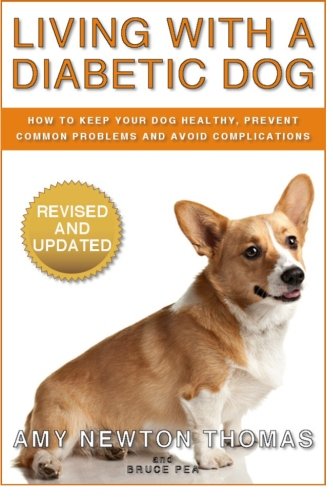 Canine Diabetes
Despite diabetes being commo
Canine Diabetes
Despite diabetes being commo
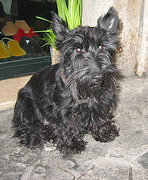 Scottish Terrier Breeder Interview: Cindy Cooke Tells Us About Scotties
Scottish Terrier Breeder Interview
Cindy Cooke has been wor
Scottish Terrier Breeder Interview: Cindy Cooke Tells Us About Scotties
Scottish Terrier Breeder Interview
Cindy Cooke has been wor
Copyright © 2005-2016 Pet Information All Rights Reserved
Contact us: www162date@outlook.com